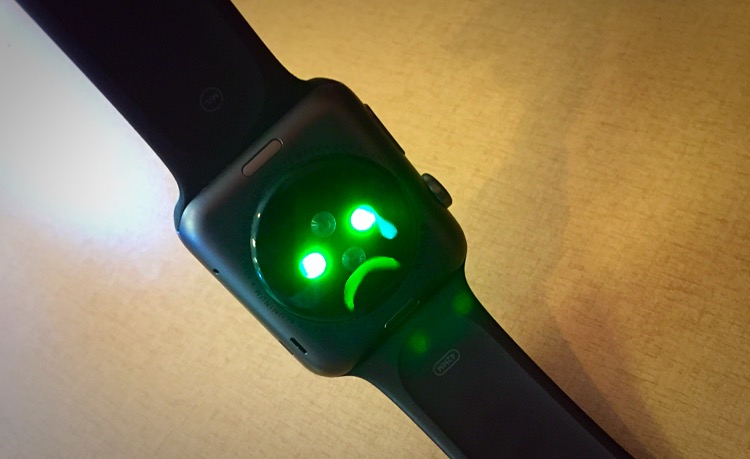
watchOS 2: Heart Rate Sensor For Fitness Apps Only?
Earlier this week as I was perusing the watchOS 2 release notes prior to my infuriating four-hour installation odyssey, I came across something potentially troubling wedged innocuously within the bullet points of the “New developer capabilities” section. Here’s the requisite part of said notes in its entirety:
- Native SDK to build faster and more powerful apps running natively on Apple Watch
- Access to accelerometer to more granularly track your motion
- Access to heart rate sensor for use during a workout
- Access to microphone and speaker to record and play audio
- Access to the Taptic Engine with 8 different types of Haptic feedback
- Access to the Digital Crown for more precise controls
- Ability to play video directly on Apple Watch
- Support for running apps without iPhone in proximity, including access to networking capabilities when connected to known Wi-Fi networks
- Complications on the watch face
- Workouts from apps can be counted towards Activity rings
- Workouts from apps can be included in Activity app on iPhone
As should be obvious by now, I’m a big proponent as Apple Watch as its own platform. Yes, it’s a wonderful notifications aggregator, but insofar as its standalone status, my stance is that the most compelling use cases won’t come from pared down ports or extensions of existing iOS apps. Instead, they’ll come from wholly new experiences made possible by the wearable’s unique sensor capabilities and full developer access to them.
Paramount therein, of course, is the heart rate monitor. But as per point three above, the sensor seems to be explicitly limited to third-party use in workout- or fitness-tracking apps.
If true, that’s a huge bummer.
Think about all the cool things that non-fitness access to the heart rate monitor could bring to the table. Imagine a racing game on iPhone (and eventually iPad) where — when the corners get tight and your rival’s right on your butt — your accelerating heart rate is directly tied to the gameplay, making your steering more unpredictable and your vision more narrow. The more adrenaline pumping through your body and the more anxious you get at a make-or-break moment in a shooter, the more your ability for precise aim suffers. And sports games? Keep calm or that critical 3-2 pitch is going into the front row, while that 55-yard game-winning field goal is coming up short.
But heart rate integration isn’t just functionally pertinent to gaming. It would be amusing to see how enraged your Apple Watch-wearing Twitter opponent becomes at your off-hand dismissals or how Facebook might customize updates based on status and heart rate: “Joe America is really into ‘Firearms and Females 5: Bikini Blast Island.’ Like, really into it.” Maybe Instagram could add an “Excitement” rating to the photos you take based on the increase of your heart rate from its average/resting BPM. On a hike and snapping a sunset from 6000 feet? Your exhaustion, elation, and achievement could be that much more specific.
I could go on with these ideas forever, as I’m sure you could, too. The simple fact is this: Unless Apple encourages and allows use of Apple Watch’s full sensor array in ways that enhance the wearable experience beyond what the company’s iDevices offer, Apple Watch will not reach its potential.
And that, I’m sure you’ll agree, is unacceptable.
(Note: I could be misreading these notes as restrictively specific, but I think that’s unlikely. Nevertheless, I’ve asked our dev team to look into the matter and try to sort out a definitive answer to the titular question. This post will be updated if and when we find any clarification.)